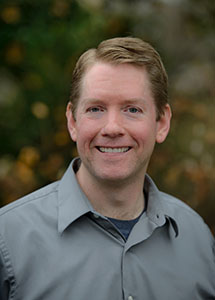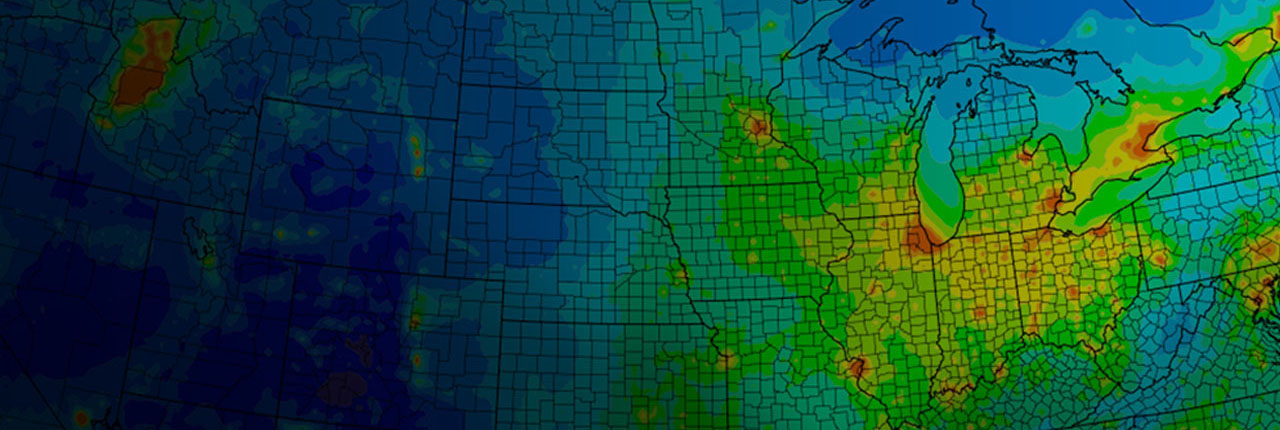Modeling
Sonoma Technology’s scientists apply the latest modeling, analysis, and visualization software and methods to meet air quality management, planning, and decision support needs. Our modeling work covers local-to-hemispheric scales and includes multi-pollutant impact assessments, single-source impact analysis, exceptional event demonstrations, policy analysis, permitting and compliance efforts, and the development of real-time modeling systems.





